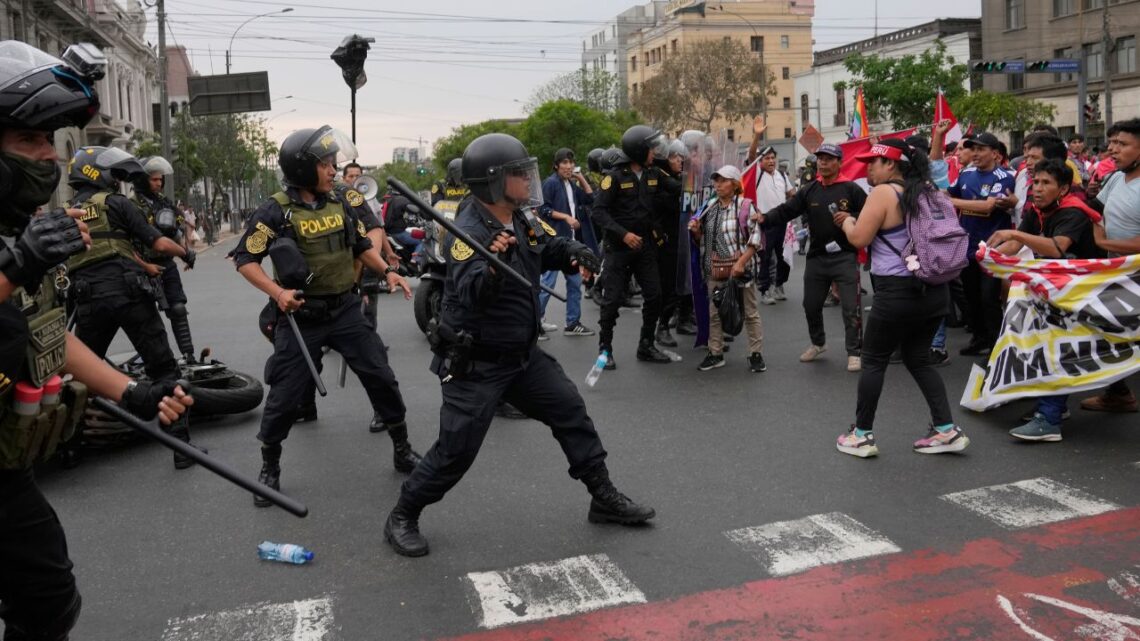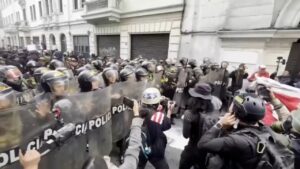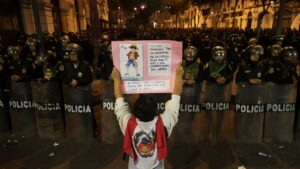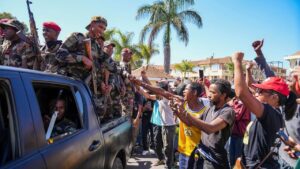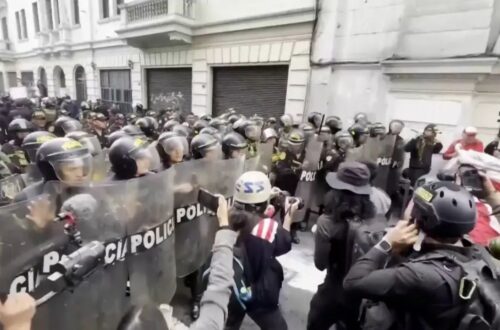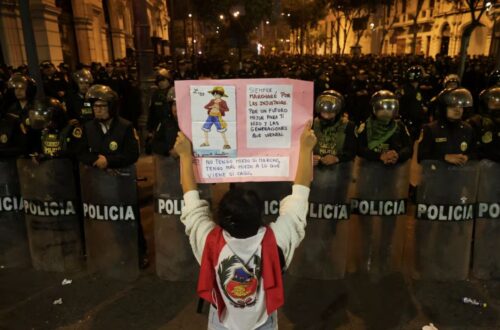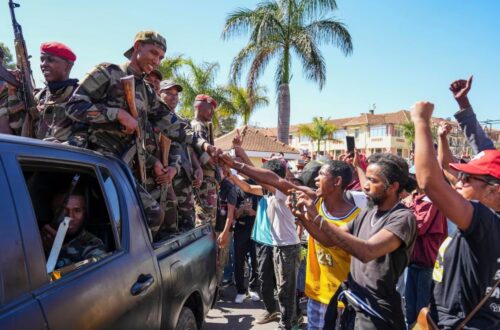Lima, the capital of Peru, has become the center of chaos as violent protests shake the country. What began as peaceful demonstrations has now turned into street battles between citizens and riot police.
People are demanding the resignation of interim President José Jerí and several members of Congress. They also want the government to repeal laws that they believe are increasing crime and protecting wrongdoers.
The protests reflect deep frustration with political corruption, rising violence, and weak government action.
Why People Are Protesting
The protesters’ anger has been building for months. Many Peruvians feel that the government is disconnected from the realities of daily life.
Corruption scandals, economic troubles, and the rising crime rate have made things worse. The protesters accuse lawmakers of passing laws that benefit criminals and politicians instead of protecting regular people.
Interim President José Jerí, who took office after the removal of Dina Boluarte, has become the main target. Citizens believe he represents the same political class that has repeatedly failed them. Demonstrators are demanding that both Jerí and Congress step down immediately.
How the Violence Started
At first, the protests were peaceful. People gathered in Lima’s main squares, waving flags and holding signs. However, tensions grew when protesters tried to approach the Congress building.
Police responded with tear gas, shields, and rubber bullets. Protesters threw stones and set up barricades. Soon, the situation spiraled out of control, leading to dozens of injuries.
The violence has spread through different parts of the city. Streets were filled with smoke and chaos as both sides refused to back down. Reporters covering the scene were also attacked or hurt during the clashes.
Injuries and Damage Report
Below is a summary of the reported injuries from the recent protests in Lima:
| Group | Approximate Number Injured |
|---|---|
| Police Officers | 55 |
| Civilians/Protesters | 20 |
Several journalists have also been injured while reporting from the front lines. Hospitals in Lima are treating dozens of people for wounds caused by tear gas, rubber bullets, and blunt-force trauma.
Background of the Crisis
The unrest didn’t start overnight. Earlier in September 2025, a new law made pension enrollment mandatory for all adults.
Many citizens saw this as another way for the government to control their finances. Protests began against then-President Dina Boluarte, accusing her of failing to handle rising crime and economic struggles.
After Congress removed Boluarte in early October, José Jerí became the interim president. But the political shift failed to calm the streets. People saw it as a change in faces, not in policies. The protesters are now calling for new elections, stricter crime laws, and an end to corruption.
Deep Roots of the Problem
Peru’s crisis goes beyond one leader. The country has long struggled with corruption, weak institutions, and inequality. Organized crime has grown stronger, especially in cities like Lima.
Many believe that government officials are connected to criminal networks, allowing extortion, drug trade, and illegal mining to flourish.
The protests have also seen a strong presence of young people. Generation Z activists have taken to social media to organize marches and share their demands. They want a fair justice system, safer neighborhoods, and leaders who truly represent them.
What Comes Next for Peru
The government has announced that general elections will take place in April 2026. However, protesters want action now. They are calling for an independent reform of the justice system, anti-corruption measures, and protection of civil rights.
Experts warn that unless the government listens to public concerns, more violence could erupt. The current unrest shows how fragile Peru’s democracy has become. Many fear that continued clashes could damage the economy, scare away investors, and worsen unemployment.
The violent protests in Lima show how deep Peru’s political and social crisis has grown. The demand for José Jerí’s resignation and new reforms is not just about politics—it is about people’s desire for justice and security.
Peruvians are tired of corruption and violence and want leaders who can restore trust in government. Whether through dialogue or continued protests, the country’s future now depends on how its leaders respond to the voice of the streets.

